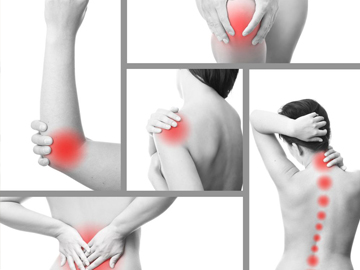Multi-site musculoskeletal pain (MP) is common among health care professionals and is considered a threat to work ability and thereby a long and healthy working life. However, literature is scarce regarding these associations among physical therapists (PTs). This study aims to quantify the prevalence of local and multi-site MP among PTs, to investigate the associations between pain intensity and number of pain sites, respectively, with the level of work ability.
Methods: We conducted a survey among 1006 PTs about pain the previous month in different body areas and work ability. Work ability was measured using the Work Ability Index (WAI) including its seven categories. The odds of having lower level of work ability as a function of pain intensity (0-10) and multi-site pain were determined using binary logistic regression controlled for relevant confounders.
Results: The neck (36.3%) and the low back (32.3%) were the most commonly affected body areas. Furthermore, a dose-response relationship was observed between the number of pain sites and lower work ability (trend test, p < 0.001). With low pain intensity as reference, a moderate to strong association existed for lower levels of work ability in PTs who reported pain intensity of > 5 in one to two body regions (OR 2.14, 95% CI 1.27-3.60). This association was stronger when participants reported pain in three to four sites (OR 4.02, 95% CI 2.36-6.82) and even stronger when pain was experienced in five or more sites (OR 6.13, 95% CI 3.31-11.38).
Conclusions: Multi-site MP is strongly associated-in a dose-response fashion-with lower levels of work ability among PTs.

